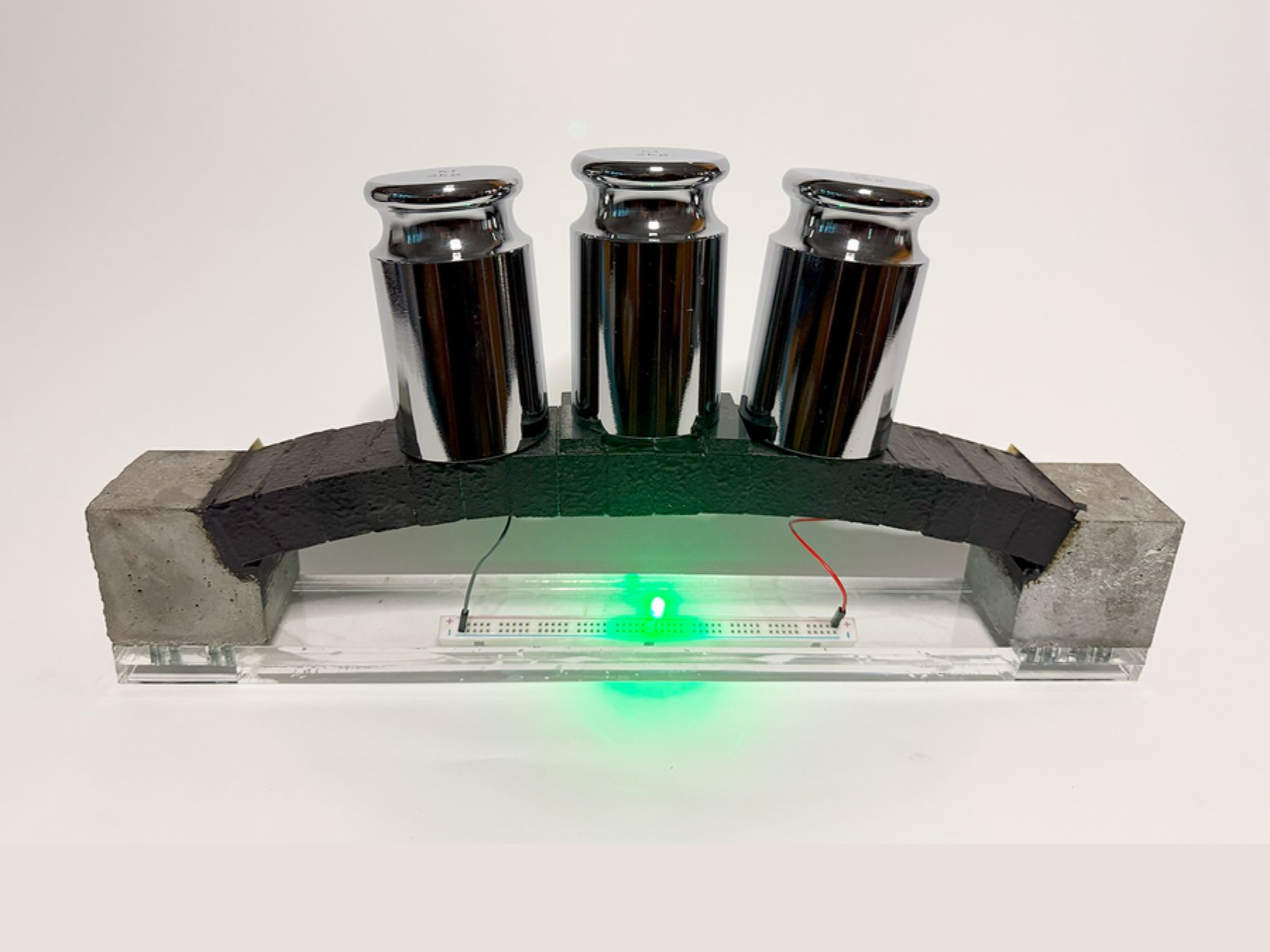MIT researchers have taken a bold step in energy storage innovation by boosting their carbon-cement supercapacitor’s capacity by tenfold. This breakthrough brings us closer to a future where your own home’s foundation could power your daily life. The latest upgrade to MIT’s concrete battery technology could transform the way we think about sustainable energy for residential buildings.

How the Concrete Battery Works
The supercapacitor blends carbon black with cement, forming a material that stores and releases energy efficiently. Unlike traditional batteries, which rely on rare metals, this solution uses readily available building materials. Researchers have finely tuned the composition, increasing its energy density by a factor of ten compared to last year’s version. This means future buildings could integrate these supercapacitors directly into their structure, turning homes, offices, or even roads into large energy storage devices.
Impact on Sustainable Living
With this innovation, buildings could become self-sufficient, storing solar or wind power for use at night or during outages. The technology promises a significant reduction in carbon footprint, as it combines sustainability with high performance. As MIT continues to refine this technology, we move closer to smart, energy-resilient infrastructure capable of powering itself.
Sources:
Original article on NotebookCheck
















